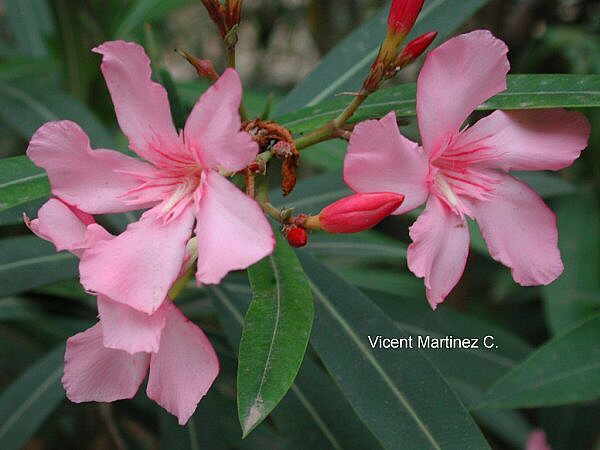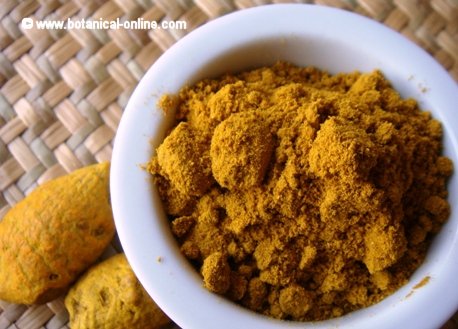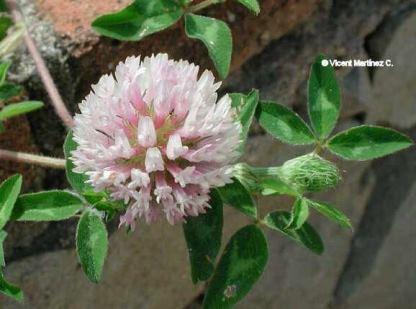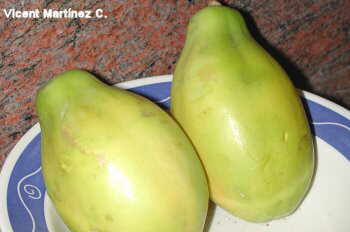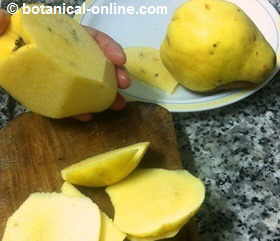Contents
Bean species
The genus Phaseolus comprises about 36 species. Among these, the most used are those used as basis to produce new varieties:
- Phaseolus vulgaris: Also called “common bean”, it is the annual species most used for eating as a dry bean or green bean. It is thought to arise from the species Phaseolus vulgaris, a plant that grows wild in the Andean chain.
Within this species we find a large number of varieties, the oldest ones have clambering stems that need a support to climb. Lately, we have managed to produce much smaller varieties, called dwarfs, that do not need supports. Their cultivation and fruit collection is easier and is made by mechanical means.
- Phaseolus coccineus: Known by the common name of runner bean or scarlet runner bean. In Mexico it is known as Ayacote or Ayocote. It is a perennial in its place of origin, but usually grown as an annual in other countries where the climate allows it to withstand the cold. Widely cultivated in pre-Columbian America, is a very vigorous plant and can climb to 4 m high.
It is believed to come from the species Phaseolus obvallatus growing in Guatemala and Costa Rica. With leaves and flowers much larger than the common bean, its pods can reach 40 cm in length with seeds up to 2.5 cm. These can be white, when they come from dark purple flowers with white or black specks when coming from scarlet red flowers.
Typically grown in mixed culture in South American as corn fields, where the plant uses this cereal stalks as support and corn gets organic matter from it. It is a very disease resistant and has dense tuberculous edible roots, that, in Central America, are eaten boiled like its pretty flowers. Because of its large inflorescences up to 20 cm, and for its outstanding colorful flowers and leaves, it can be found as a garden plant in subtropical gardens or greenhouses in colder climates.
- Phaseolus acutifolius: (Tepary bean) Known in Central America as ” piñuelero bean” this bean variety is characterized, as its botanical name suggests, by the presence of diamond-shaped and pointy leaflets. Its flowers are small and pink. This species grows mainly in arid areas of the United States, Central America and South America, as they can live with a minimum of 200 liters per year of precipitation, while the common bean needs 400. We can even find crops in Mexico in the Sonoran desert areas that do not exceed 150 liters of annual precipitation.
- Phaseolus polyanthus: (Year bean) This species is grown between 800 and 2500 meters in cold and wet areas of Central and South America, receiving different common names as botil, petaco or cache. Formerly its cultivation was more widespread when used in mixed cultures with corn or pumpkins.
This species can live up to four years while in dry places usually lasts only one season. In the wild, it is only found in western Guatemala. In this case,it takes the form of vine, known under the name of “piloya”.
Varieties of beans
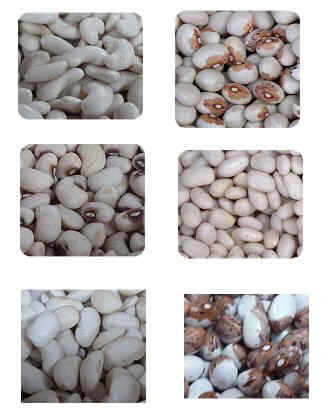 From the above species most varieties of beans are obtained in the world.
From the above species most varieties of beans are obtained in the world.
According to their way of cultivation:
- Climbing French beans: they are those varieties that are grown climbing in reeds, sticks or other support. They can reach three meters.
- Bush beans: Those who do not need support because they are smaller and have sufficient strength to grow straight. They do not usually exceed 40 cm in height.
According to their growing season
They can be early varieties, medium-early varieties and late varieties.
According to the shape of the pods:
Depending on the pods shape they can be flat, cylindrical and crushed.
Among all major varieties, we must include the main varieties belonging to the Phaseolus vulgaris group:
Nowadays, they are one of the most popular in United States and United kingdom. They have been reported to contain much saponin, which has been attributed with anti-cholesterol and anti-cancerous properties.
These beans are among the richest in lectin Phytohaemagglutinin, so they must be specially pre-soaked and boiled carefully to get rid of their toxicity.
Pinto beans are the most used in United States either as dry or green beans. They also appear very frequently in Mexican cuisine in many dishes such as burritos, tortillas or chilis. Combined with corn, this legume can be the source of proteins in many places where there is no meat available. |
Other bean varieties
- Prague black beans: This variety has no strings.
- Princess beans: They are distinguished by their bright green color.
- Perona beans: This is a Spanish variety of flat pod beans. They are among the best known of vining varieties.
- Garrafal beans: Another Spanish variety of beans used especially for making the Asturian fabadas. Belong to the variety of crushed beans.
- Borlotti beans: This is a variety of kidney beans. They are white with red spots. Most used in the Italian cuisine.
- Sabinal beans: A Spanish variety that is one of the best known within flat bean varieties.
- Planchada beans: Named for the flat shape of the seed. They are Spanish white beans with creamy texture.
- Bobby Beans: They are well known within cylindrical pod varieties. It is probably the best English variety to eat as a green bean.
- Round White Beans: of rounded shape and white color.
- Blue beans: When tender, they present blue pods becoming green when cooked.
![]() More information on beans
More information on beans

